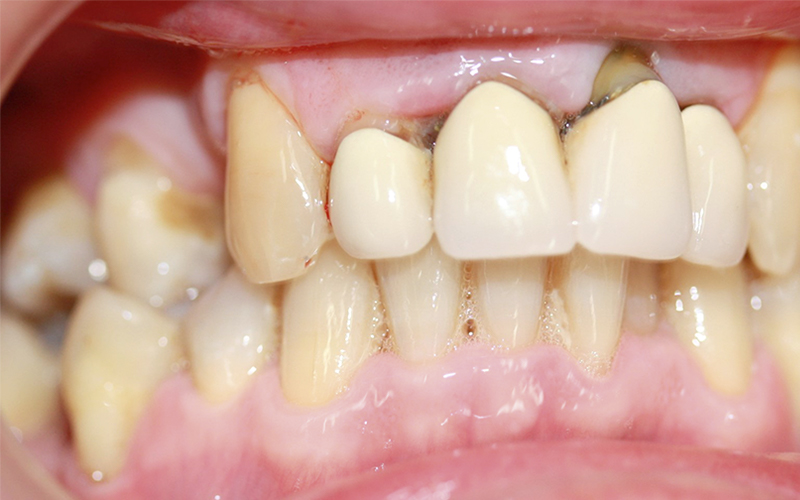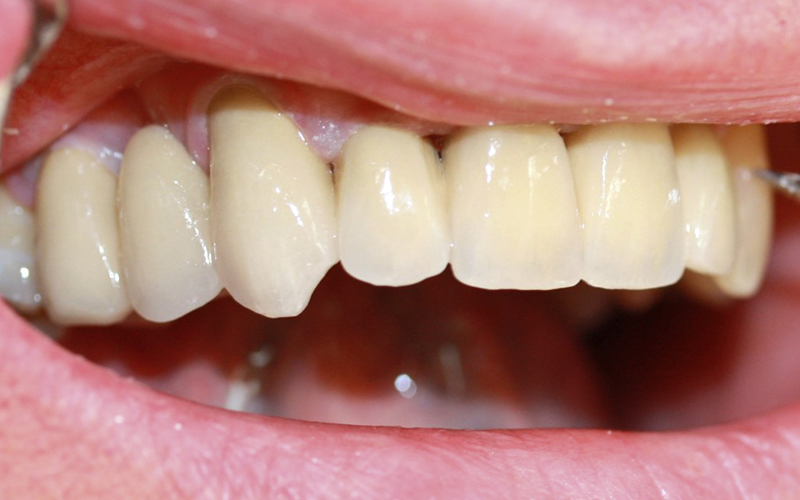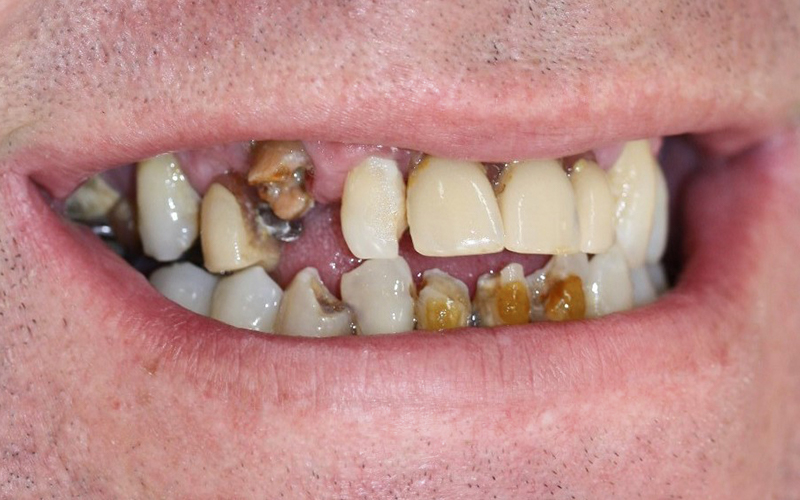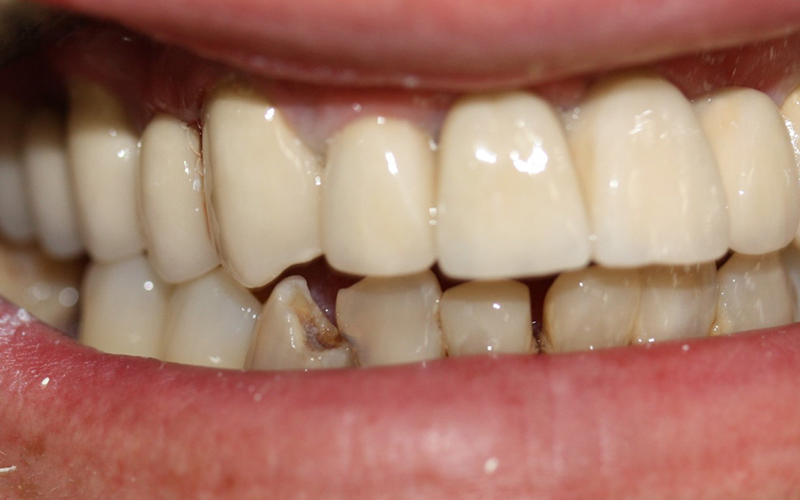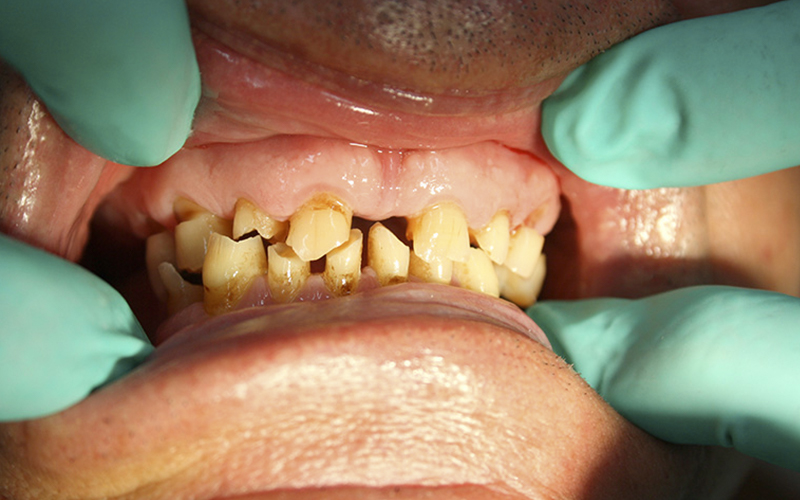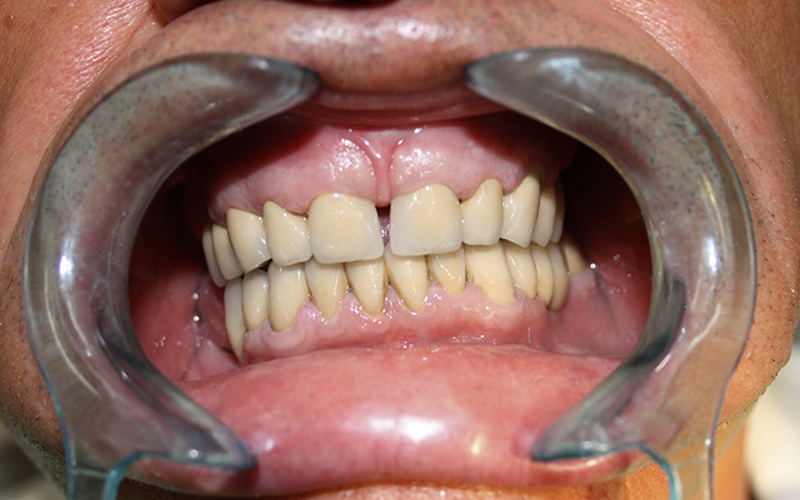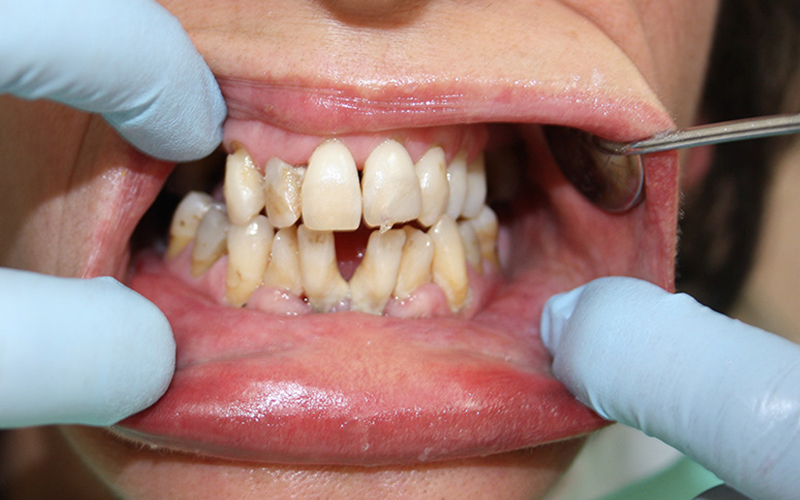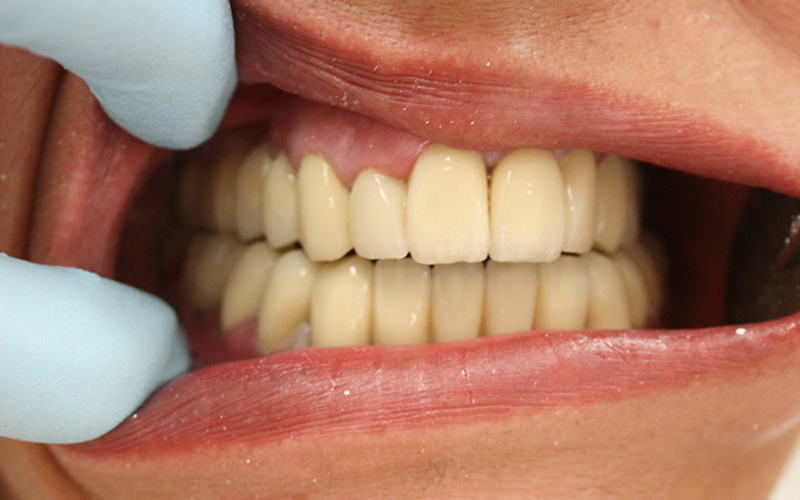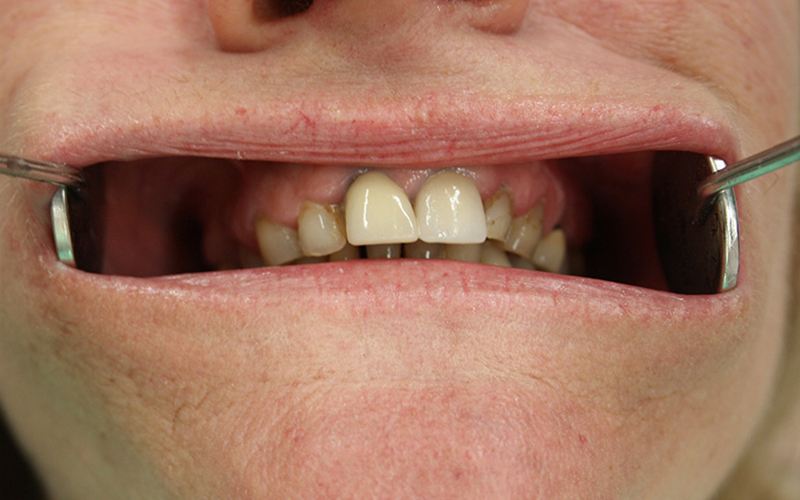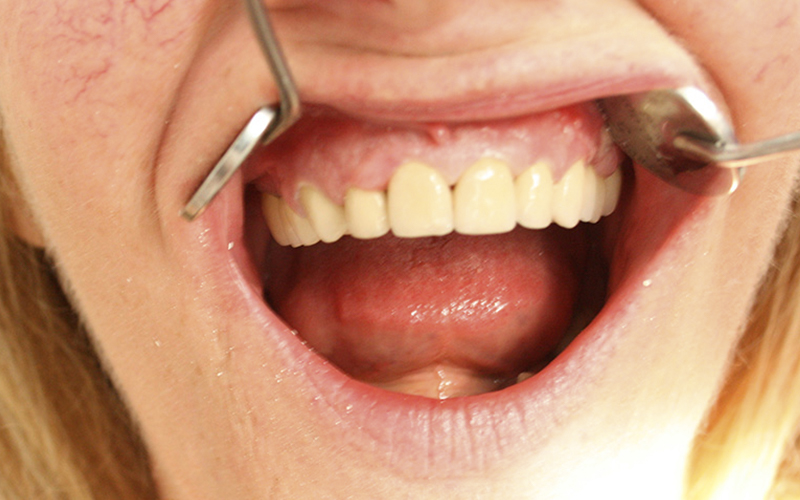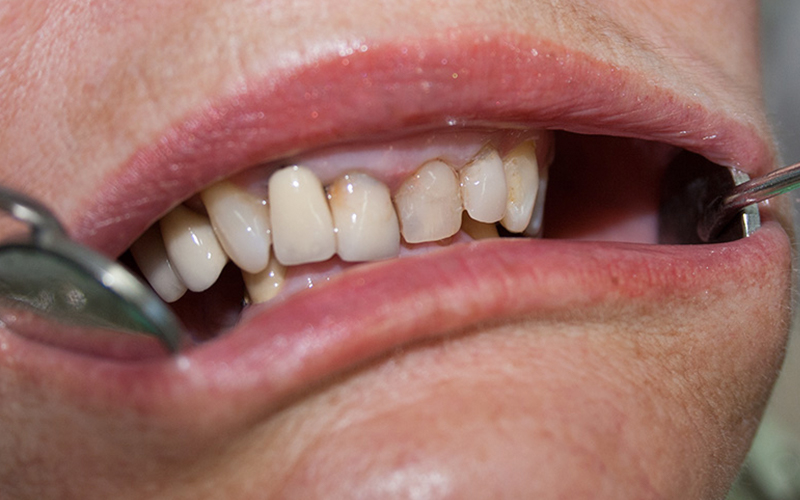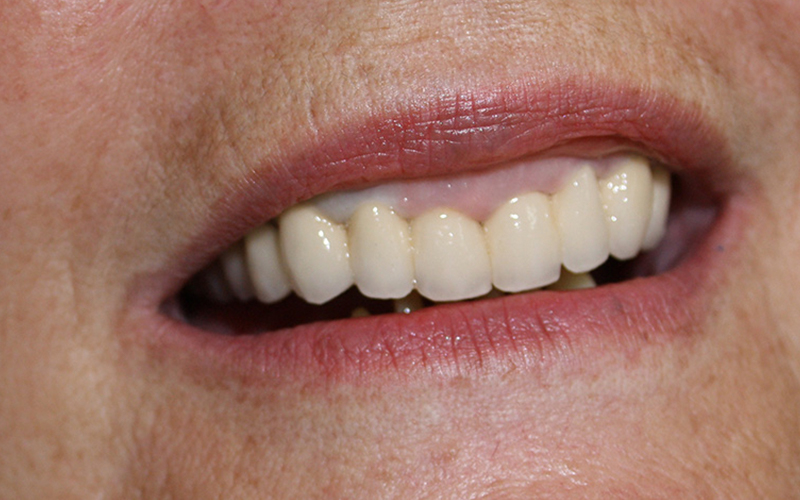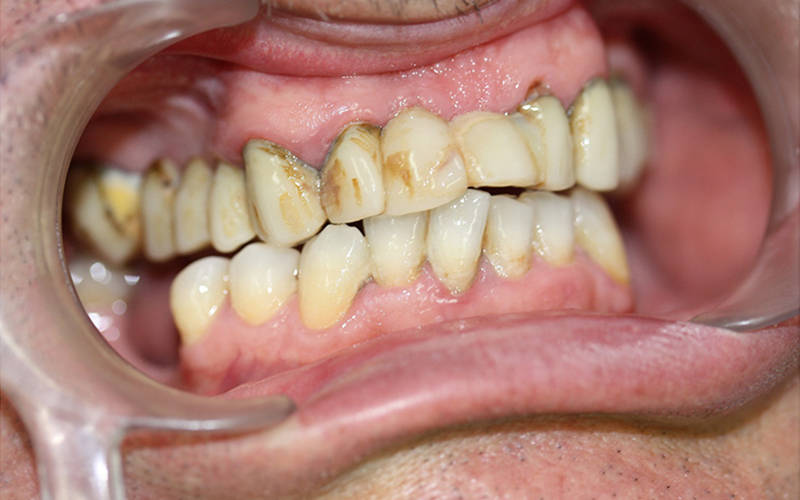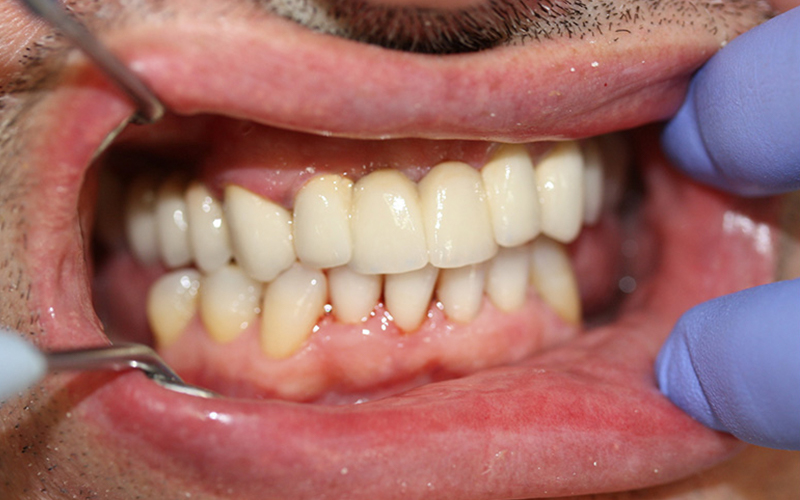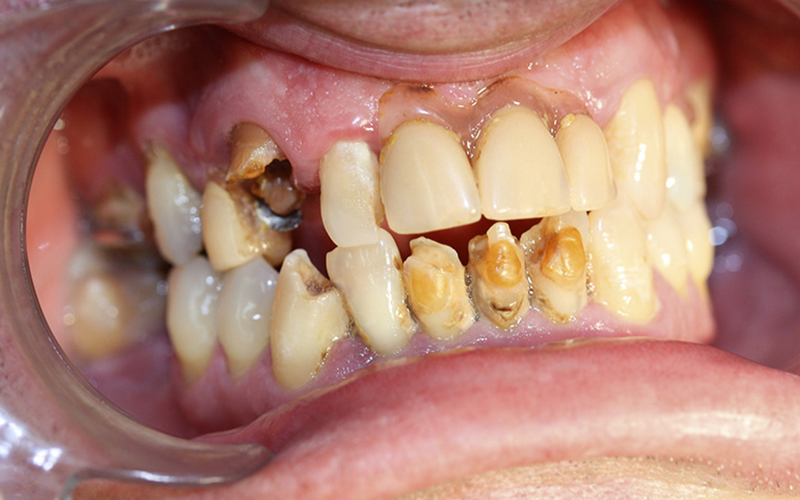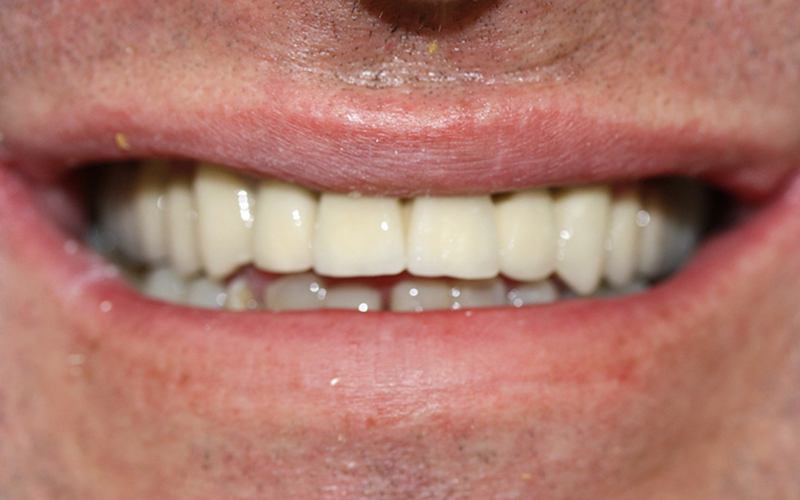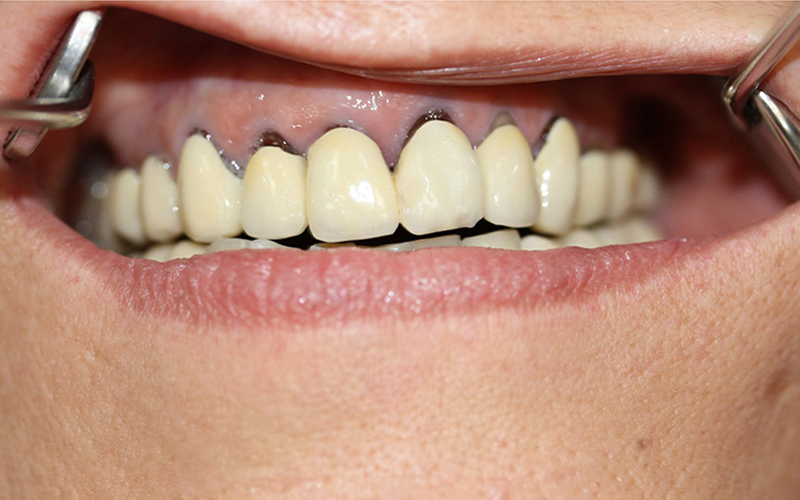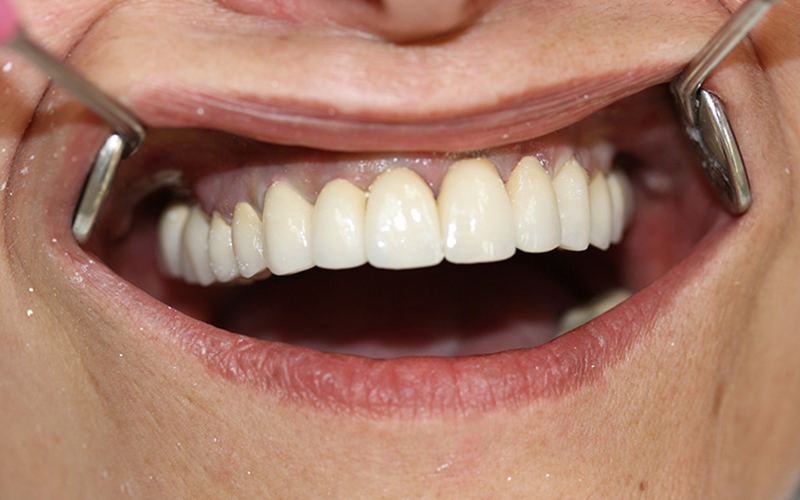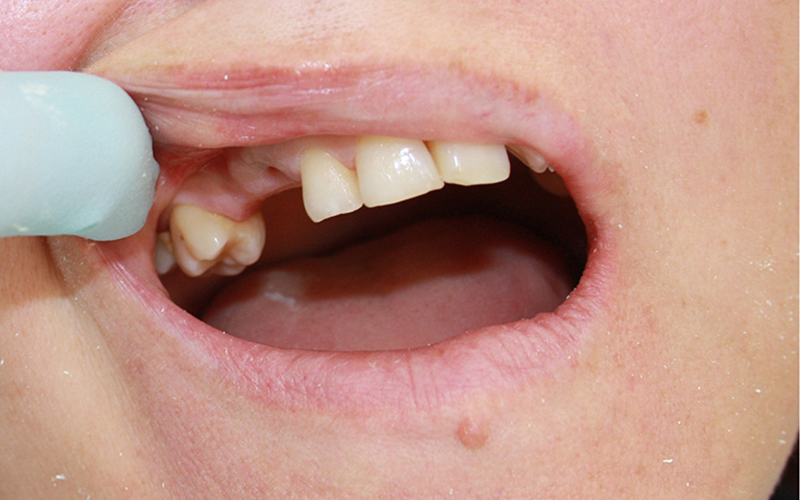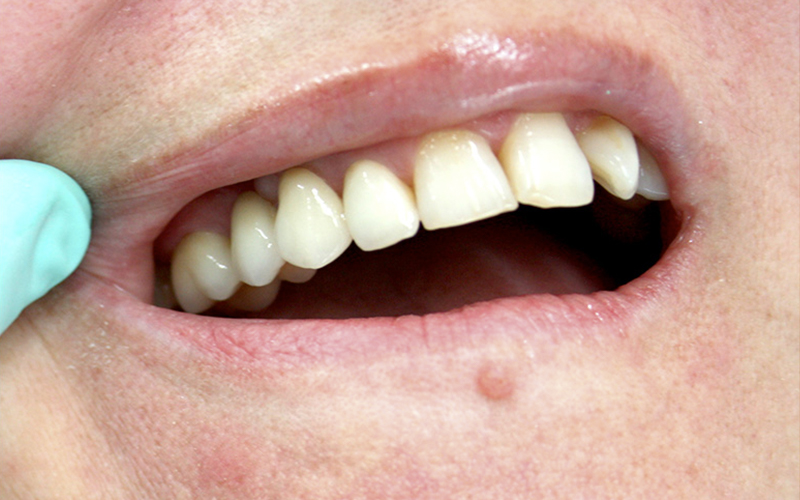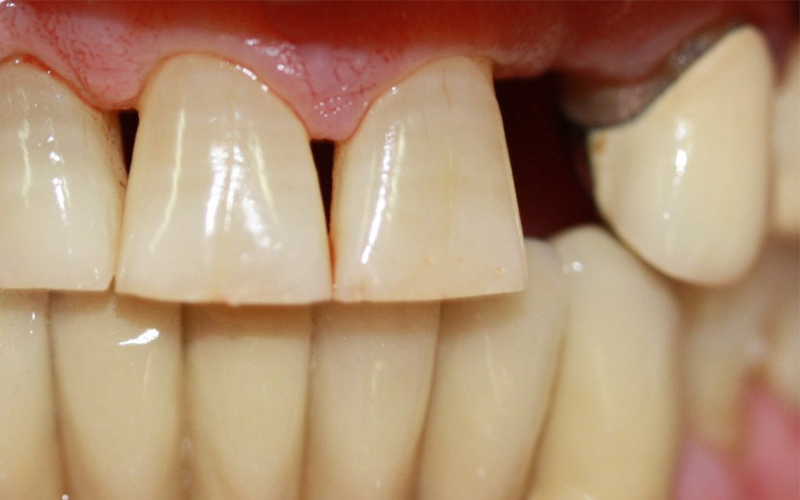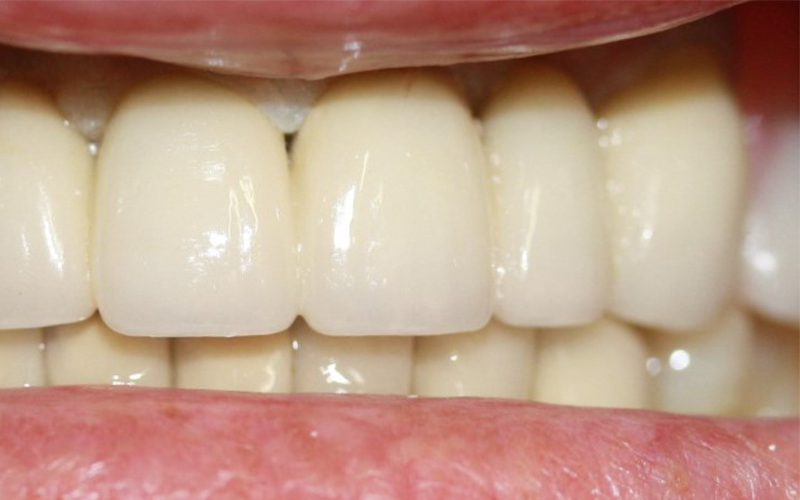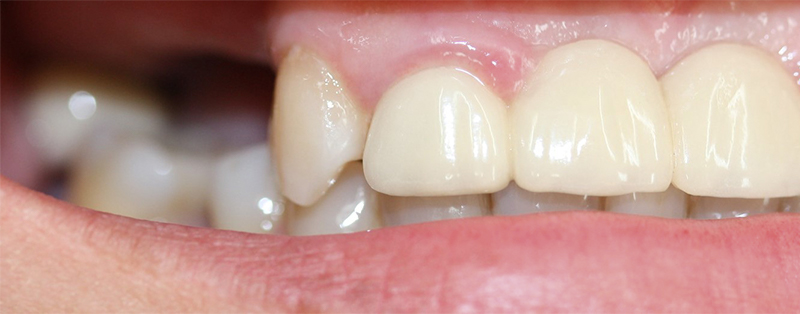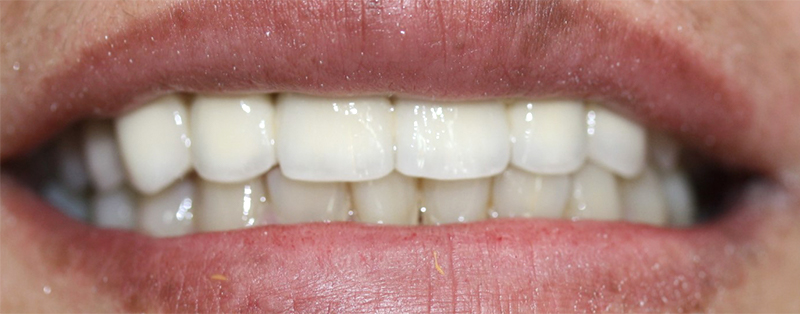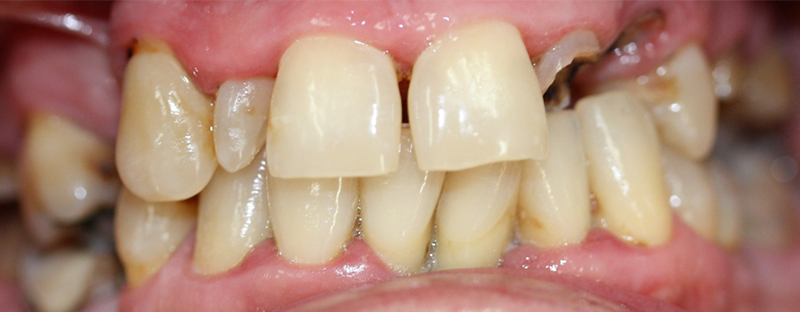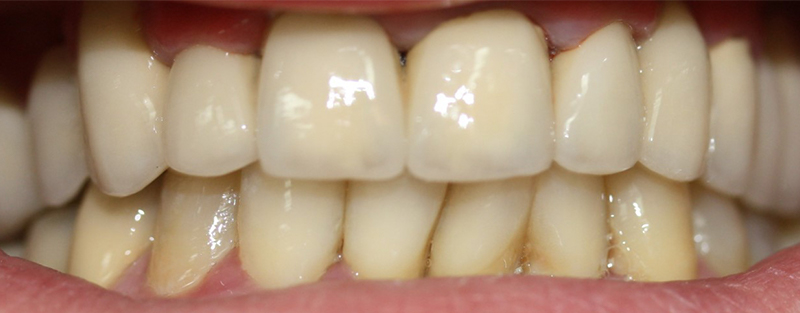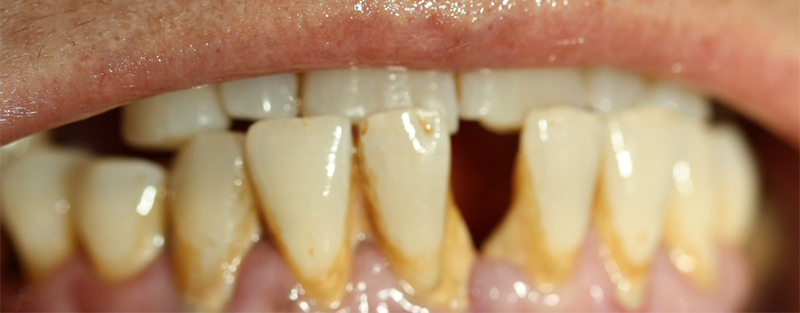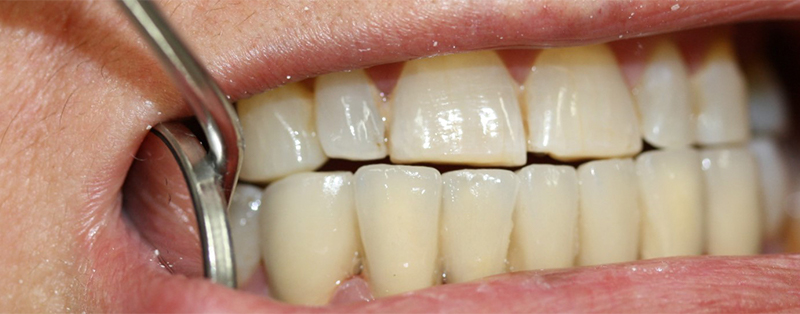A missing tooth is no longer a problem.
About dental bridges
What are dental bridges?
A bridge is a prosthetic replacement used to substitute for a single tooth or more teeth. It is set so that it anchors and binds to your remaining teeth in the way that both sides of the missing tooth are prepared.
The bridge is cemented on the prepared teeth and bypasses the gap just like a bridge crosses a river or a canyon. For example, a tripartite bridge is made out of three crowns joined together – the two outmost are cemented onto your natural prepared teeth and the one in the middle imitates the missing tooth.
Will tooth preparation hurt?
No!
We prepare the tooth in the same way as for regular crowns – a layer of enamel is scraped off the tooth under local anesthesia.
Will I be toothless after tooth preparation?
Of course not!
Temporary crowns are made immediately in the dental practice after tooth preparation. At no point will you leave the clinic without a tooth!
What materials are the bridges made from?
Bridges can be made out of several types of material (just like crowns): Metal ceramics, zirconia ceramics, gold or metal. All the materials are made in the same way and you can find out more about that in the section „Dental crowns“.
How many times do I have to come to the dental office and how long does the manufacturing of a bridge take?
You will have to visit us two times. In the first visit, we prepare the teeth and set temporary ones.
The second appointment will be after 3 – 8 days, depending on how demanding it is and depending also on the span of the bridge. When the work is over, the bridge is ready to be cemented.
Does cementing of the bridge hurt?
No, it does not!
Bridges are cemented under local anesthesia. Depending on the individual sensitivity of the patient, we will evaluate and, if necessary, give one of the preparations against pain at the very beginning of the cementing procedure in order to avoid any discomfort when the anesthetic wears off.
Advantages of bridges:
Disadvantages of bridges:

Take a look at our work
Before & After
